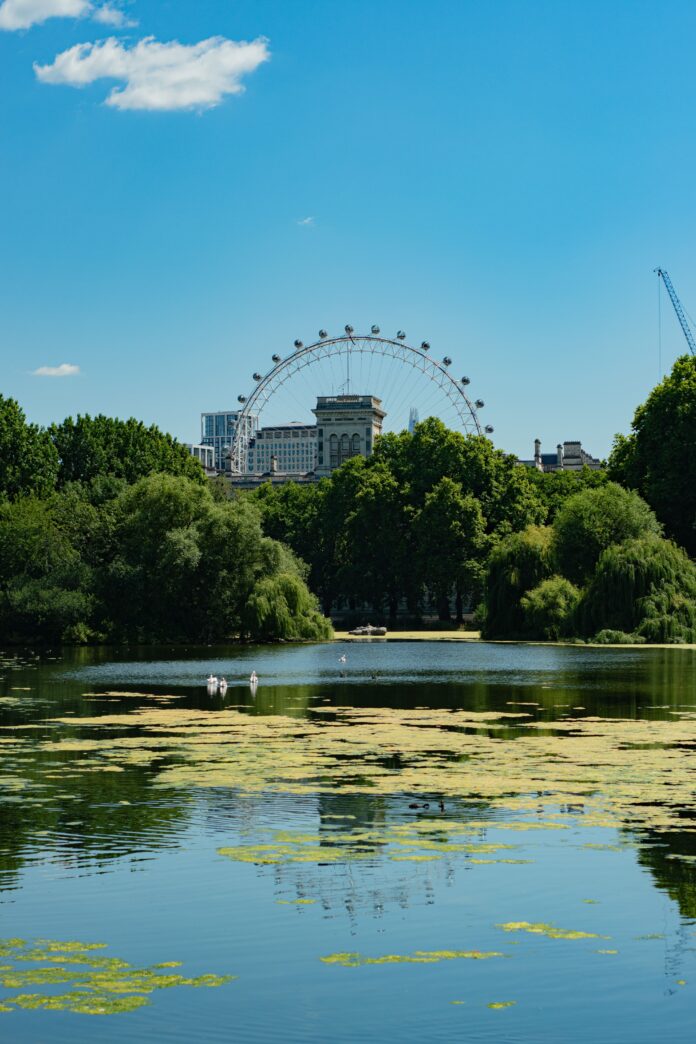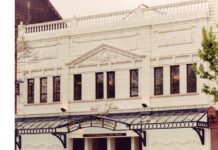In the UK, sites that have been identified for having unique architectural or historic importance are known as “conservation areas”. In order to maintain the distinctive character and look of the structures and surroundings, these places are often controlled by local councils or other authorities. Though they are crucial for protecting the nation’s legacy, this protection has a price. Property owners in the conservation areas might discover that the limitations imposed on them can significantly impact the value of their properties.
Regarding alterations and upkeep of the property, we will specify what you may and cannot do. If the house you want to buy is located in a conservation area, your conveyancer is likely to let you know. Considering the limitations you would have as the property owner, you may then decide if you want to move forward with the purchase. Get an estimate of your house value now and stay ahead of the market with Leader’s, UK’s premier estate and letting agents.
What Exactly Are Conservation Areas?
Areas with a particular architectural or historic importance are classified as conservation areas. They are often areas that have not undergone substantial modernisation and have maintained their original character. Conservation areas are intended to be protected against development that would jeopardise their historic or architectural prominence. The Cotswolds is an excellent example of a conservation area.
Buildings in these zones are governed by the same regulations as listed structures. England alone has almost 10,000 conservation areas, followed by Scotland with more than 600 conservation areas and Wales with over 500. Let’s examine how these limitations on development in conservation areas impact UK real estate prices.
How Do Conservation Area Restrictions Affect Property Values?
Conservation area restrictions can have both good and negative effects on property prices. On the plus side, the limits assist to retain the uniqueness of the neighbourhood, making it a more appealing location to reside. This can lead to greater demand for properties in conservation areas, driving up their value.
On the downside, the regulations may restrict the amount of development that may be done to properties within conservation zones, making it more difficult to add on or modify homes. This could make it less desirable to the purchasers, especially those looking for more contemporary, open-concept living areas. Additionally, since planning clearance and building rules approval would be needed, the limitations may raise the cost of performing any renovation on a property.
Overall, the effect of conservation area limits on property prices will be determined by a variety of factors, including the exact restrictions in place, demand for properties in the region, and buyer interest. According to research conducted by the London School of Economics and Historic England, heritage properties in these localities are sold for an average premium of 9%. Furthermore, they stated that these property prices reflect the value that is placed on the location’s desirability.
Homeowner Restrictions In Conservation Area:
If you reside in a conservation area, Article 4 Directions (A4D) may apply to your residence. This enables local authorities to revoke certain allowed rights for development in a particular region. This is just like the Listed Building Consent needed for work on listed structures.
This does not prohibit growth, but it does limit construction and house upgrades that would not typically require planning clearance.
Things In A Conservation Area That Need Permission:
1. Additions over one floor to the existing structure.
2. Side expansions, including minor and one-story additions.
3. Single-story expansions that protrude beyond the back wall of the house by more than 3 metres or 4 metres for a detached residence.
4. Roof modifications or additions, including chimneys.
5. Cladding with any sort of material (such as pebbledash).
6. Building any detached supplementary structures or outbuildings, including sheds.
7. Building amenities like swimming pools.
8. Setting up a satellite dish or other device on the area of the property that faces a road.
9. Installing solar panels to the original property.
Buildings larger than 115 cubic metres cannot be demolished without authorization. You also cannot destroy a wall, gate, or fence that is more than 1 metre high if it borders a road, or more than 2 metres high if it does not.
There might be additional guidelines that apply just to your conservation area. Before making any improvements to your house, be sure to consult with the appropriate local authority. These may consist of:
Removing Bushes Or Trees:
The protected area encompasses more than just the individual structures. You might not be allowed to cut down any trees, bushes, or other plant life since wildlife is also protected. Make sure there aren’t any tree preservation orders in the neighbourhood.
Painting The Exterior Door:
Changes to the exterior characteristics of the house and its front colour may be subject to restrictions.
Opting For New Windows And Doors:
It will be necessary to replace these like for like if they need to be replaced because of damage. As an example, consider a sash window. Alternatives to windows and doors made of UPVC are certainly not going to be accepted. The look must resemble that of the original building.
Changing The Pipes Or The Gutters:
Once again, you might have to find a substitute item that is similar to the damaged one. It is extremely crucial to note that you will probably face consequences if you violate the conservation area’s restrictions. According to Section 74 of the Planning (Listed Buildings and Conservation Areas Act 1990), the highest sentence is up to 2 years in prison.
Before making any improvements to the homes, property owners in conservation zones should consult with an expert. This will help prevent any possible issues with the construction permit or the building laws by ensuring that the work is done in line with the limits in place. A survey should be arranged for a property located inside a conservation area, especially if it’s an older property. Period residences and special or exceptional properties are best suited for the Level 3 Survey. The survey might reveal any flaws or problems with the house as well as information on the property it is built on.
Ultimately, the effect of conservation area restrictions on property values is influenced by a number of variables, including the location and nature of the property, the availability of monetary resources for repairs or upgrades and the general health of the local real estate market.
Help keep news FREE for our readers
Supporting your local community newspaper/online news outlet is crucial now more than ever. If you believe in independent journalism, then consider making a valuable contribution by making a one-time or monthly donation. We operate in rural areas where providing unbiased news can be challenging. Read More About Supporting The West Wales Chronicle























